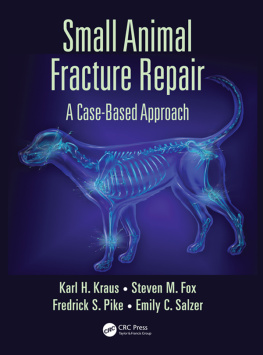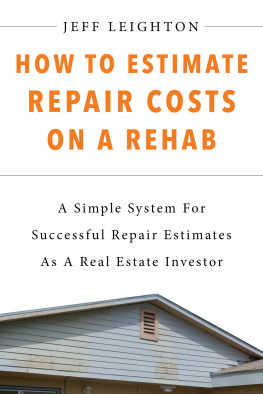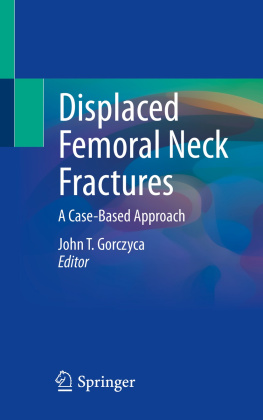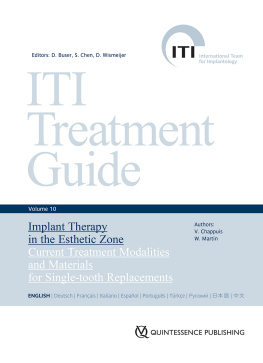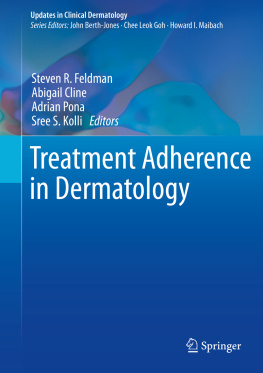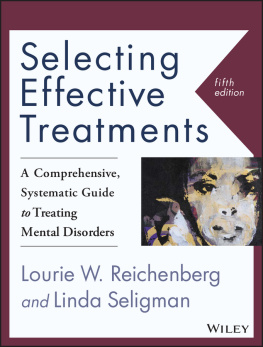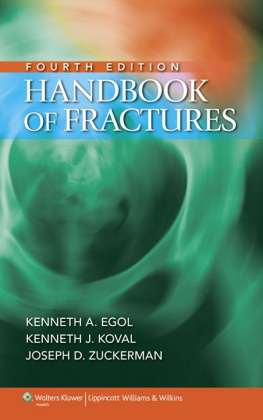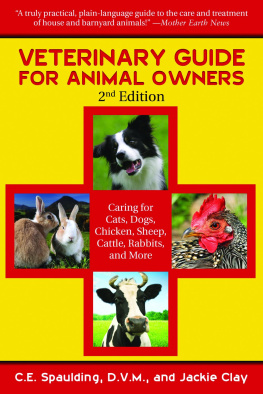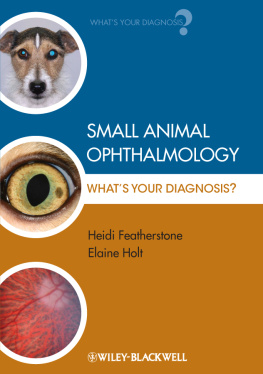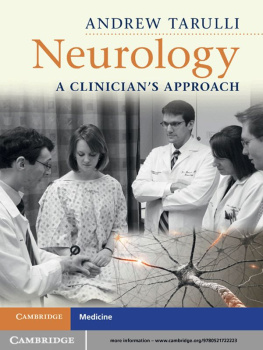Small Animal
Fracture Repair
A Case-Based Approach
Karl H. Kraus
DVM, MS, Professor and Section Head,
Small Animal Surgery, Veterinary Clinical Sciences,
College of Veterinary Medicine, Iowa State University, USA
Steven M. Fox
MS, DVM, MBA, PhD, President of Fox Third Bearing Inc,
President Securos Surgical, Adjunct Associate Professor, Massey University (NZ),
Adjunct Assistant Professor at the University of Illinois,
Advisor to the University of Tennessee Pain Center, USA
Fredrick S. Pike
DVM, DACVS, Staff Surgeon, Managing Medical Director,
Veterinary Specialty Hospital, San Diego, USA
Emily C. Salzer
Veterinary Clinical Sciences, College of Veterinary Medicine,
Iowa State University, USA

CRC Press
Taylor & Francis Group
6000 Broken Sound Parkway NW, Suite 300
Boca Raton, FL 33487-2742
2017 by Taylor & Francis Group, LLC
CRC Press is an imprint of Taylor & Francis Group, an Informa business
No claim to original U.S. Government works
Printed on acid-free paper
Version Date: 20160426
International Standard Book Number-13: 978-1-4987-3242-0 (Hardback)
This book contains information obtained from authentic and highly regarded sources. While all reasonable efforts have been made to publish reliable data and information, neither the author[s] nor the publisher can accept any legal responsibility or liability for any errors or omissions that may be made. The publishers wish to make clear that any views or opinions expressed in this book by individual editors, authors or contributors are personal to them and do not necessarily reflect the views/opinions of the publishers. The information or guidance contained in this book is intended for use by medical, scientific or health-care professionals and is provided strictly as a supplement to the medical or other professionals own judgement, their knowledge of the patients medical history, relevant manufacturers instructions and the appropriate best practice guidelines. Because of the rapid advances in medical science, any information or advice on dosages, procedures or diagnoses should be independently verified. The reader is strongly urged to consult the relevant national drug formulary and the drug companies and device or material manufacturers printed instructions, and their websites, before administering or utilizing any of the drugs, devices or materials mentioned in this book. This book does not indicate whether a particular treatment is appropriate or suitable for a particular individual. Ultimately it is the sole responsibility of the medical professional to make his or her own professional judgements, so as to advise and treat patients appropriately. The authors and publishers have also attempted to trace the copyright holders of all material reproduced in this publication and apologize to copyright holders if permission to publish in this form has not been obtained. If any copyright material has not been acknowledged please write and let us know so we may rectify in any future reprint.
Except as permitted under U.S. Copyright Law, no part of this book may be reprinted, reproduced, transmitted, or utilized in any form by any electronic, mechanical, or other means, now known or hereafter invented, including photocopying, microfilming, and recording, or in any information storage or retrieval system, without written permission from the publishers.
For permission to photocopy or use material electronically from this work, please access www.copyright.com (http://www.copyright.com/) or contact the Copyright Clearance Center, Inc. (CCC), 222 Rosewood Drive, Danvers, MA 01923, 978-750-8400. CCC is a not-for-profit organization that provides licenses and registration for a variety of users. For organizations that have been granted a photocopy license by the CCC, a separate system of payment has been arranged.
Trademark Notice: Product or corporate names may be trademarks or registered trademarks, and are used only for identification and explanation without intent to infringe.
Visit the Taylor & Francis Web site at
http://www.taylorandfrancis.com
and the CRC Press Web site at
http://www.crcpress.com
Contents
Please note that some contributors were residents during the clinical cases detailed.
Anthony E. Acquaviva, VMD, DACVS-SA
Sean Aiken, DVM, MS, DACVS-SA
Ben J. Bayer, DVM, DACVS-SA
Mary Sarah Bergh, DVM, DACVS-SA
Andrew Burton, DVM, DACVS-SA
William Hoefle, DVM, DACVS
Jennifer L. Huck, DVM, DACVS-SA
Joshua Jackson, DVM, DACVS-SA
Nina Kieves, DVM, DACVS-SA
Alexander Krebs, DVM, DACVS-SA
Emily I. Miller, DVM, DACVS-SA
Megan Templeton, DVM, DACVS-SA
Angel M. Thompson, DVM, DACVS-SA
Eric Zellner, DVM
Fracture cases can be dramatic and intimidating. Dramatic, as they are often caused by motor vehicle accidents or other trauma. The patient can be in shock with other concomitant injuries. There are often deformities of the limb(s), debilitation and pain. Intimidating, because they are infrequent in most primary practices. Fractures can vary widely in severity and complexity. There are many different, and ostensibly complex, fixation devices available. Mistakes and failures are glaringly obvious on radiographs. There are usually a number of opinions amongst surgeons as to the best way to treat a specific fracture. The end result is that a student, practitioner, or even experienced surgeon may have doubts about the best way to handle a specific patients fracture(s).
The intention of this book is to provide some small degree of guidance to the understanding and treatment of fracture cases. This book consists of two parts..
is an anthology of cases demonstrating successful treatments for more common fractures seen in small animal veterinary practice. Each case starts with pertinent history and physical examination findings, patient assessment, fracture description and assessment, and options for fracture repair methods. The surgery report follows with a step-by-step approach to the surgical procedure, including some tips and tricks to performing the fracture repair successfully. The postoperative radiographs are then assessed using the four As: Alignment, Apposition, Apparatus and Activity (for follow-up assessment).
It has been a long-standing frustration for the authors to read and hear of cases reported to do fine postoperatively without the support of follow-up radiographs. Not all fracture healing is elegant, as is witnessed by the following inclusive cases. A fracture having healed with a large and ugly callus can be an absolute clinical success. Each case within this text has at least one follow-up set of radiographs, and each case was considered to have had a successful outcome; the animal returning to activity following the last set of radiographs presented and the owners expectations having been met.
This text is meant to be helpful on several different levels. First, for the veterinary student this is a quick and highly visual reference of many different types of fractures and repair techniques to aid in the understanding of osteosynthesis. Second, for the practitioner who performs little, or no, orthopedic surgery, this book will serve as a quick reference guide. They can compare their own case to one or more of the examples in a helpful guide in decision making and surgical technique. For the seasoned orthopedist, the cases presented may either reinforce or offer new alternatives with regard to techniques and devices they commonly favor.

